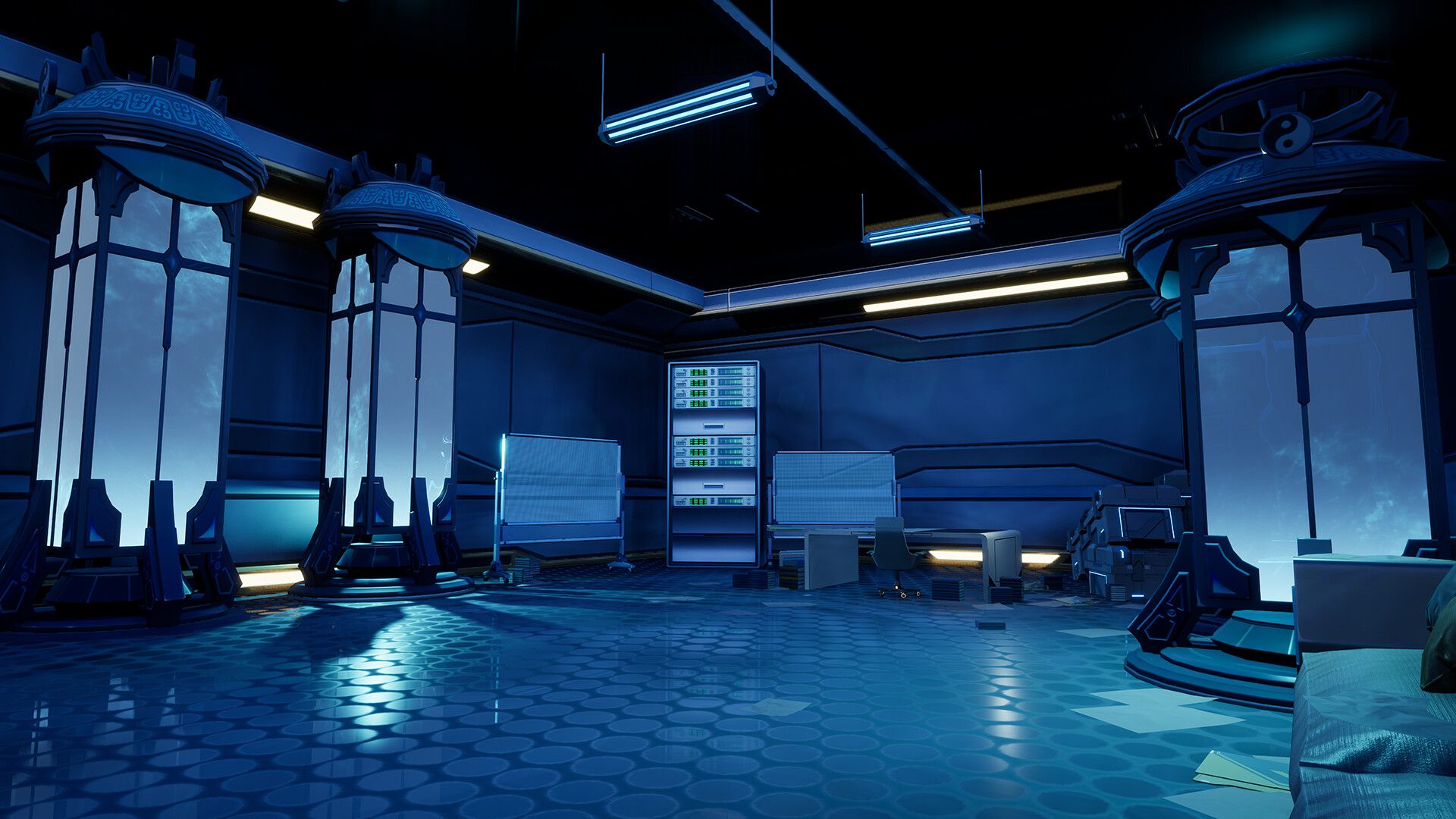Fall Beyond the Lightline
Each descent into the fractured vaults of Vera or the forgotten zones beneath Innars begins not with preparation—but with impact. The moment your boots land on that humming metal or cracked obsidian, the Simulacrum doesn’t wait. No greetings, no warnings. Only unstable gravity, AI echoes whispering corrupted code, and a silence that scans you back. First comes dissonance: your gear sync lags, weapon feedback stutters, and anomalies begin to pulse—hungry for hesitation. Then the collapse begins. Lights flicker and twist into lures. Floors vanish mid-sprint. Enemies phase in from blind angles, moving like memories gone hostile. The architecture itself rejects your presence—rotating corridors, failing support nodes, and vault-core pressure that warps space around your movements. But it isn’t always the enemies that unravel you. It’s the hum. The static. The slow realization that every inch forward costs more of your stability—mental, physical, digital. Step wrong once, and you reset. Step wrong twice, and the system might not give you back at all. Deeper in, you’re not just bleeding resources—you’re shedding assumptions. Combat stops being reactive. It becomes prophetic. You memorize rhythm by pain, not pattern. And when you emerge—if you do—you won’t be the same. You didn’t just navigate ruins. You bled into their architecture. You adapted to a world that didn’t want you, until it had no choice but to acknowledge you. This isn’t exploration. It’s extraction. And the further you spiral, the more you learn that the abyss doesn’t change—it changes you.
Enter the System’s Shadow Protocol